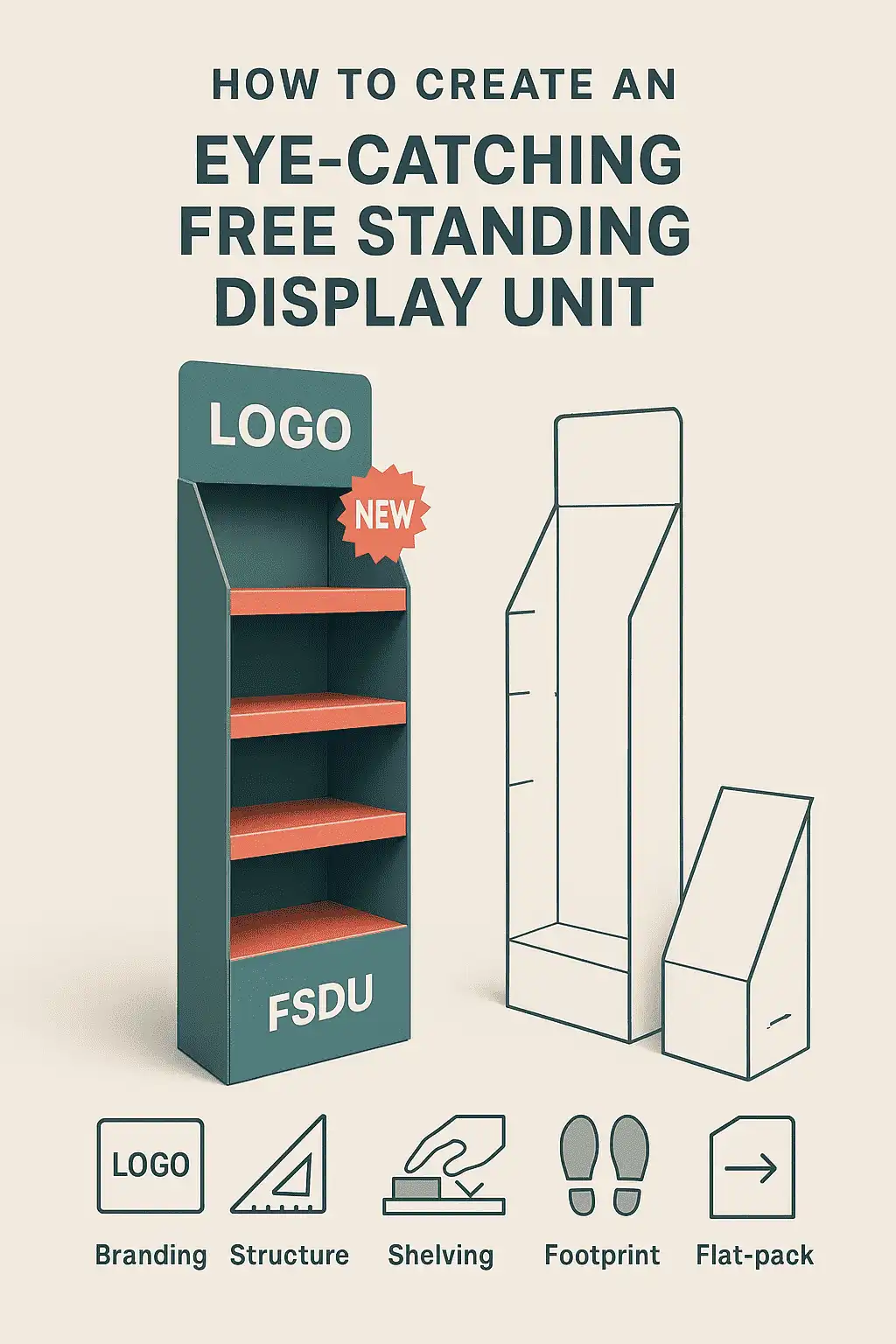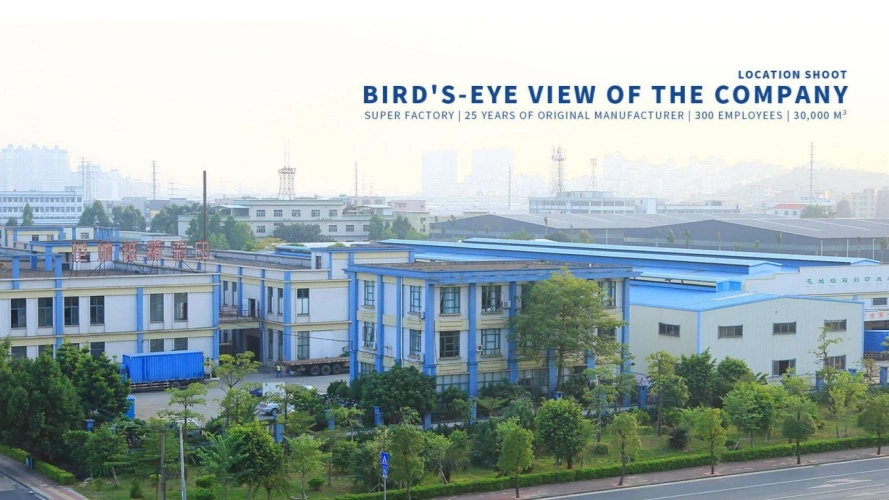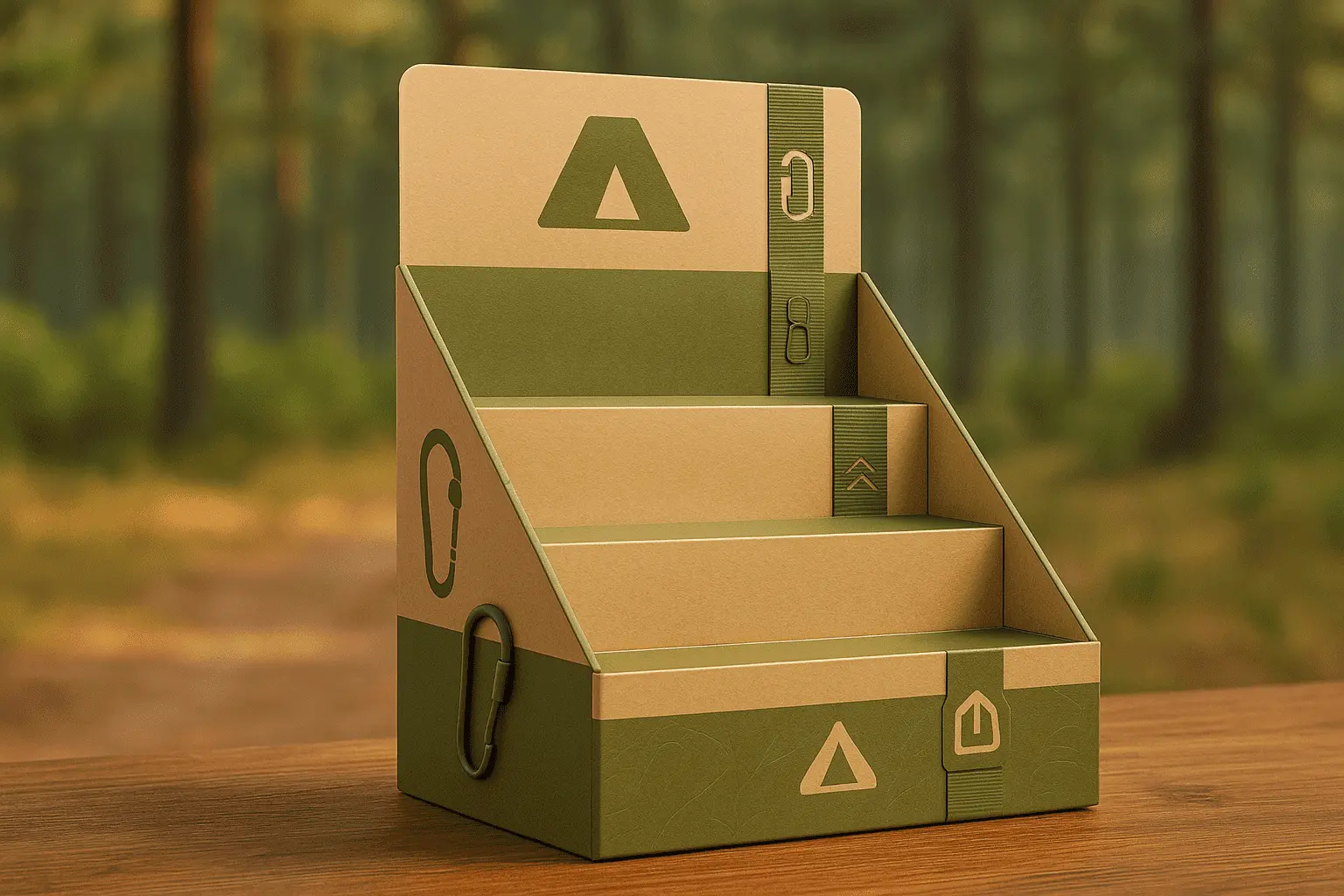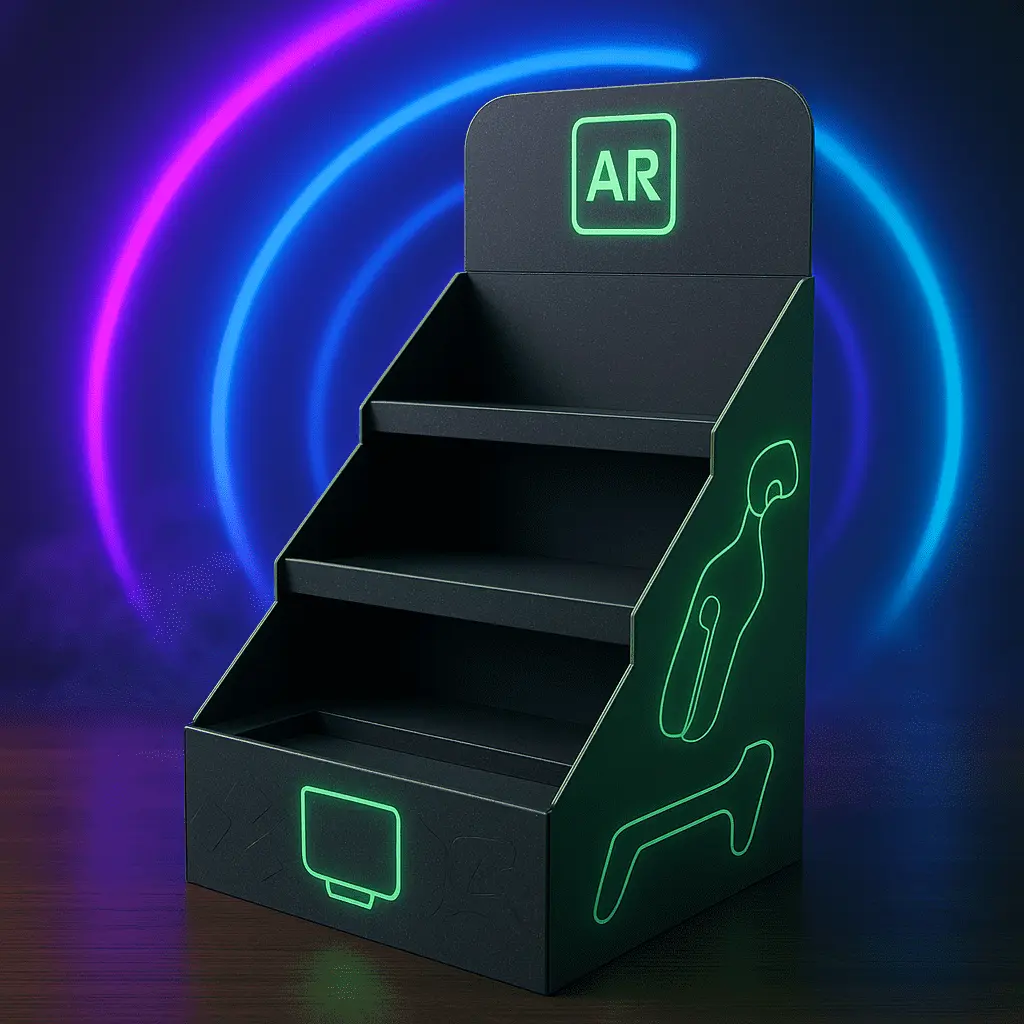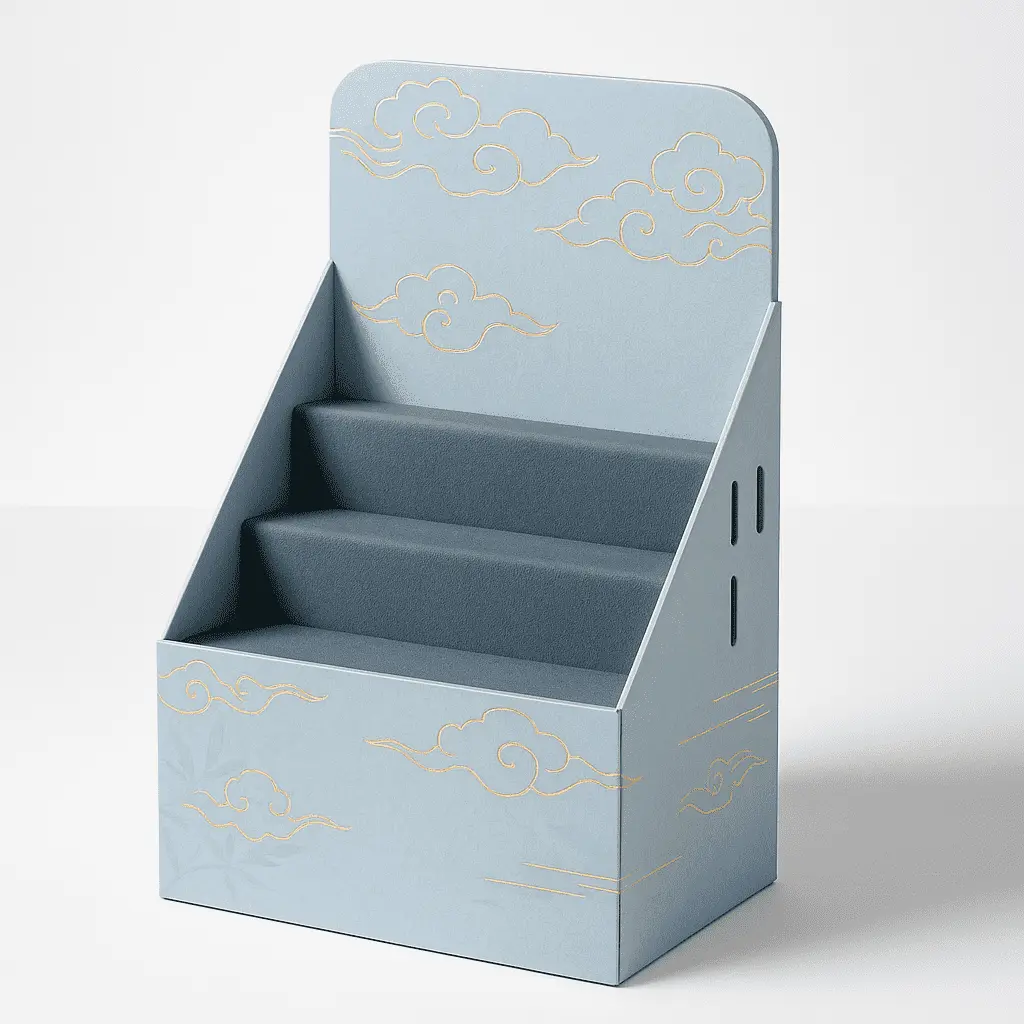Designing an Impactful Free Standing Display Unit
Understanding the Importance of Visual Appeal
The visual appeal of a free standing display unit plays a crucial role in attracting customer attention. In today's competitive retail landscape, where consumers are bombarded with countless visual stimuli, an FSDU needs to stand out from the crowd. The design should be bold, innovative, and aligned with your brand identity. Consider using vibrant colors, unique shapes, and eye-catching graphics that resonate with your target audience. Remember, the goal is to create a display that not only grabs attention but also communicates your brand message effectively.
Incorporating Brand Identity and Product Messaging
Your free standing display unit should serve as an extension of your brand. It's essential to incorporate your brand's colors, logo, and overall aesthetic into the design. However, don't stop at just visual branding. Ensure that your FSDU communicates your product's unique selling points and value proposition. Use clear, concise messaging that quickly informs customers about your product's benefits. Consider using taglines, product features, or customer testimonials to reinforce your brand message and encourage purchases.
Utilizing Space Efficiently
Space optimization is key when designing a free standing display unit. Every inch of your FSDU should serve a purpose, whether it's showcasing products, providing information, or reinforcing brand identity. Consider the flow of customer interaction with your display. Arrange products in a logical, easy-to-navigate manner. Use tiered shelving or modular components to maximize vertical space. Don't forget to leave room for promotional materials or product information. A well-organized FSDU not only looks more appealing but also enhances the shopping experience, potentially leading to increased sales.
Materials and Construction for Durability and Functionality
Selecting Appropriate Materials
The choice of materials for your free standing display unit can significantly impact its durability, functionality, and overall appearance. Common materials include cardboard, wood, plastic, and metal, each with its own advantages. Cardboard is lightweight, cost-effective, and easily customizable, making it ideal for temporary or seasonal displays. Wood offers a premium look and feel, perfect for high-end products. Plastic is durable and versatile, suitable for long-term use in various environments. Metal provides strength and stability, ideal for heavier products or high-traffic areas. Consider factors such as the display's intended lifespan, the products it will hold, and the environment it will be placed in when selecting materials.
Ensuring Structural Integrity
A well-constructed free standing display unit should be able to withstand the rigors of a retail environment. This includes frequent handling by customers, potential bumps from shopping carts, and the weight of the products it holds. Pay attention to the joints and connection points in your FSDU design, as these are often the weakest areas. Use sturdy fasteners, reinforced corners, and supportive bases to enhance stability. If your display will be frequently moved or reassembled, consider using modular designs or easy-to-assemble components. Remember, a display that maintains its structural integrity not only looks better but also ensures product safety and longevity.
Incorporating Interactive Elements
To truly make your free standing display unit stand out, consider incorporating interactive elements. These can range from simple touch-based features to more complex digital integrations. For instance, you could include product samples for customers to touch and feel, or incorporate QR codes that link to additional product information or promotional videos. Digital screens can showcase product demos or customer reviews. Some innovative FSDUs even incorporate augmented reality features, allowing customers to virtually try products. These interactive elements not only capture attention but also engage customers on a deeper level, potentially increasing the likelihood of purchase.
Strategic Placement and Maintenance of Free Standing Display Units
Optimizing Location for Maximum Visibility
The effectiveness of your free standing display unit largely depends on its placement within a retail space. High-traffic areas are ideal, such as near entrances, at the end of aisles, or in central locations where multiple paths intersect. However, avoid placing your FSDU in areas that may obstruct customer flow or create congestion. Consider the context of your product and place it near complementary items or in relevant departments. For example, a display for cooking utensils might perform well near kitchen appliances. Also, take into account sight lines and ensure your display is visible from multiple angles. Remember, the goal is to place your FSDU where it will naturally catch the eye of your target customers.
Adapting to Different Retail Environments
A successful free standing display unit should be adaptable to various retail environments. Different stores may have different layouts, lighting conditions, or space constraints. Design your FSDU with flexibility in mind. Consider creating modular components that can be rearranged to fit different spaces. Ensure your display is effective under various lighting conditions by using materials that don't produce glare and colors that remain vibrant in different light. If your product is sold in both large department stores and smaller boutiques, you might need to create different sizes of your FSDU to accommodate these varying environments. The ability to adapt your display ensures consistent brand presentation across different retail settings.
Regular Maintenance and Updates
To keep your free standing display unit effective over time, regular maintenance and updates are crucial. Periodically inspect your FSDU for signs of wear and tear, such as scratches, dents, or fading graphics. Promptly repair or replace damaged components to maintain a professional appearance. Keep your display clean and well-stocked at all times. Consider updating your FSDU's design or content to reflect seasonal changes, new product launches, or evolving marketing strategies. This could involve changing graphics, adjusting product arrangements, or incorporating new interactive elements. Regular updates not only maintain the display's appeal but also give returning customers something new to engage with, potentially driving repeat sales.
Conclusion
Creating an eye-catching free standing display unit is a multifaceted process that combines design aesthetics, practical functionality, and strategic placement. By focusing on impactful visuals, durable construction, and optimal positioning, you can create an FSDU that not only grabs attention but also effectively promotes your products. Remember to continuously evaluate and update your display to ensure it remains relevant and engaging. With these strategies in place, your free standing display unit can become a powerful tool in your retail marketing arsenal, driving customer engagement and boosting sales in an increasingly competitive marketplace.
FAQs
What is the ideal size for a free standing display unit?
The ideal size depends on your product and the retail environment. Generally, FSDUs range from 4 to 6 feet in height for optimal visibility.
How often should I update my FSDU design?
It's recommended to update your design every 3-6 months or with each new product launch or seasonal change.
Can I use the same FSDU design for different products?
While possible, it's better to customize your FSDU for each product to highlight its unique features and benefits effectively.
Create an Eye-Catching Free Standing Display Unit with Fetching Printing
At Fetching Printing, we specialize in creating custom free standing display units that captivate customers and boost sales. As a free standing display unit manufacturer, our experienced team of packaging engineers can design and manufacture FSDUs tailored to your specific products and brand identity. We use advanced machinery and high-quality materials to ensure durability and visual appeal. Whether you need a supplier for large-scale production or a manufacturer for unique designs, we've got you covered. Contact us at support@fetchingprinting.com to discuss your FSDU needs and elevate your in-store marketing strategy.
References
Smith, J. (2022). The Art of Retail Display: Maximizing Impact with Free Standing Display Units. Journal of Retail Marketing, 15(3), 45-62.
Johnson, A. & Brown, T. (2021). Materials Science in Retail: Durability and Aesthetics of Display Units. International Journal of Retail Design, 8(2), 112-128.
Lee, S. (2023). Consumer Behavior and Point-of-Purchase Displays: A Comprehensive Study. Retail Psychology Review, 19(4), 203-220.
Williams, R. (2022). Sustainable Materials in Retail Displays: Balancing Eco-Friendliness and Durability. Green Retail Quarterly, 7(1), 78-95.
Garcia, M. & Patel, K. (2023). Digital Integration in Physical Retail: The Rise of Interactive Display Units. Journal of Omnichannel Retail, 12(3), 156-173.
Thompson, E. (2021). The Psychology of Color in Retail Displays: Influencing Consumer Behavior. Color Research and Application in Marketing, 14(2), 89-106.
